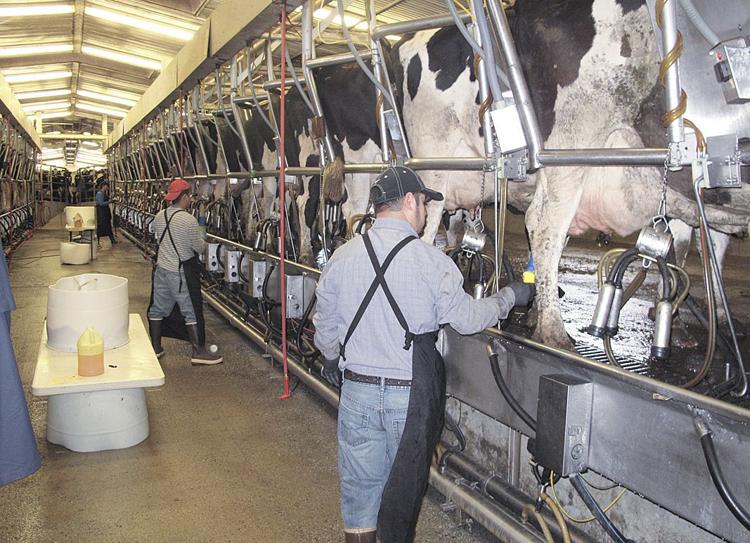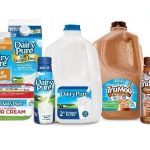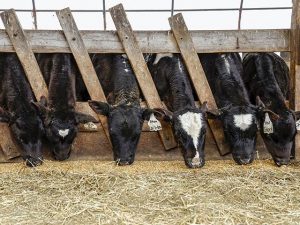
Exporters shipped 170,731 tons of milk powder, cheese, whey products, lactose and butterfat, up 2% from September 2018 and the first year-over-year volume increase since October 2018, according to the U.S. Dairy Export Council.
A surge in powder shipments to Mexico and Southeast Asia and increased cheese shipments to Mexico and United Arab Emirates led exports.
Exports of nonfat dry milk and skim milk powder were at a 16-month high and up 25% year over year. Powder shipments were up 36% to Southeast Asia and 14% to Mexico. There were also gains in shipments to Peru and Pakistan.
“With EU intervention stocks mostly moved through the supply chain, buyers increasingly turned to the U.S. for powder,” USDEC reported.
Cheese exports increased 12% in volume despite U.S. prices that were well above world indicators.
“It appears global cheese demand was very good as the EU saw record cheese exports in September and New Zealand’s exports were up 26%,” Alan Levitt, USDEC vice president of marketing and communications, told the Capital Press.
U.S. cheese exports increased 31% to Mexico, nearly tripled to UAE and were up 9% to South Korea.
The increase in U.S. cheese exports is somewhat deceiving, however, because September 2018 was particularly bad following Mexico’s implementation of retaliatory tariffs two months earlier, Levitt said.
“This year, tariffs were removed in May, and exports to Mexico were up 31% year over year in September, accounting for most of the difference,” he said.
Exports of whey products were down 11%, but increased 2% to Southeast Asia. Total whey shipments to China were down 23% due to retaliatory tariffs and African swine fever. But whey sales were also down 37% to Canada and 18% to Mexico.
“Our total whey exports to Mexico are still up 8% year to date and are the most in five years. So September could have been a one-off,” Levitt said.
Total U.S. whey exports to Canada have been declining for two years, but Canada is the second largest U.S. export market for whey protein isolates, he said.
Lactose exports were down 7% year over year and the lowest in seven months. Shipments to Southeast Asia were down 39% for a four-year low.
Shipments were down 41% to China and 25% to Japan. The declines were partially offset by a 74% increase in shipments to Mexico.
Shipments to Japan appear worse year over year because they are compared with very strong sales in September 2018, which were the highest in more than five years, Levitt said.
The decline in China, however, reflects the ongoing effects of African swine fever and the U.S-China trade dispute.
China’s global imports of lactose in the March-September period were down 28%. But because of the retaliatory tariffs on U.S. product, the reduction in demand hurt U.S. suppliers more than others, he said.
Year to date through September, U.S. dairy exports were up 4% in value but down 12% in volume.























